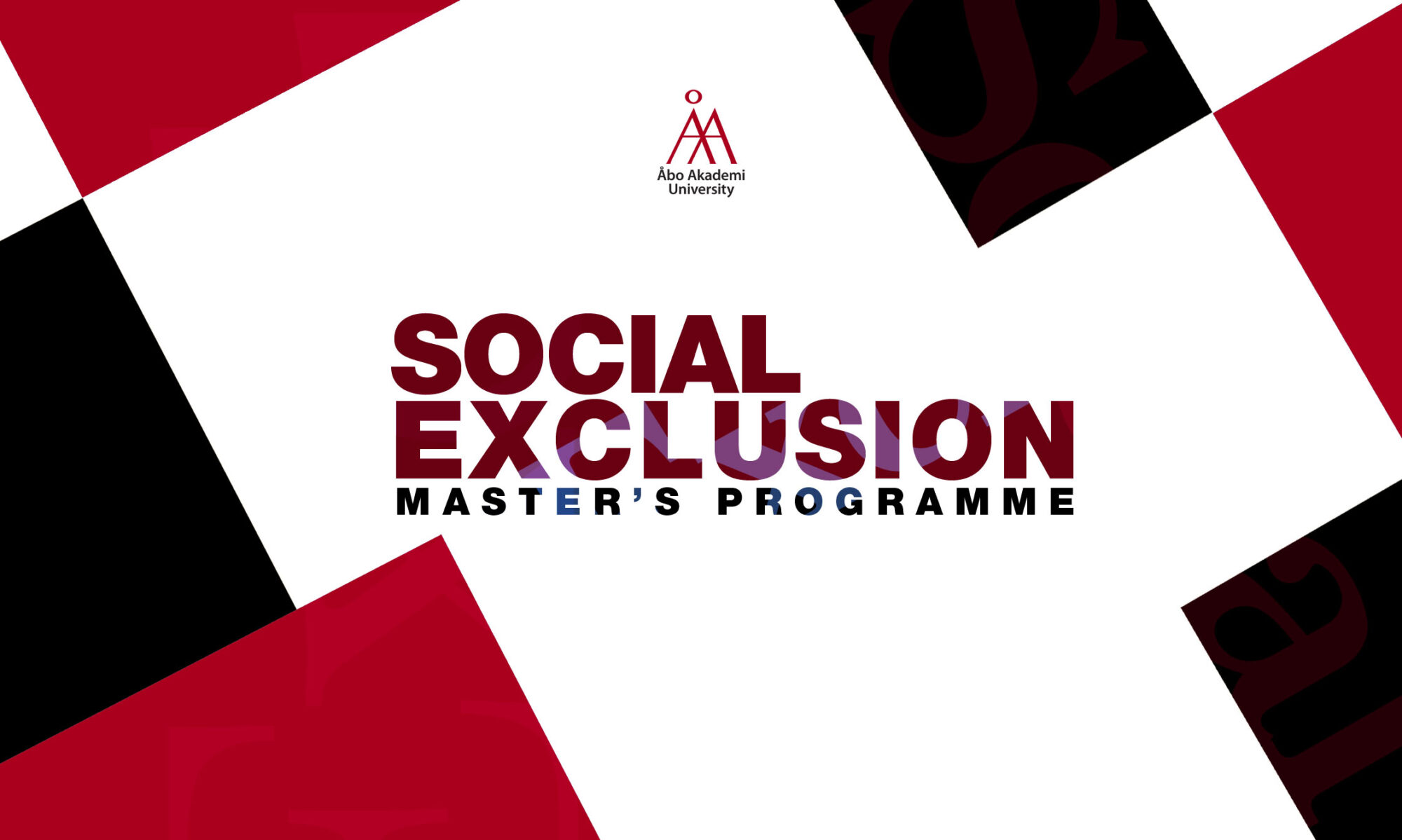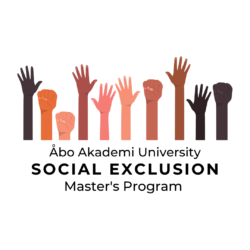Written by Steve Huerta Raygoza
Social Exclusion, as a concept, has been feeling somewhat unclear to me. I cannot seem to pinpoint a definition, nor can I describe the entire scope and importance of what I am studying. That, combined with the fact that I have undergone a major relocation to pursue my master’s here at Åbo Akademi, has left me confused and disoriented about my purpose while studying here. This week’s lectures have certainly helped me dismiss much of the uncertainty that I felt during the first month of my studies. I am very fortunate to be able to provide the blog post for this week’s class lectures. For the first time since starting at Åbo, I have felt a solid conceptual alignment between what we are studying and what I believe is essential for modern academics to understand to address the many systems of inequality that plague our globalized existence.
Firstly, I would like to discuss something that Amin, University Teacher of the SoEx: Key Approaches course and head of the SoEx program at Åbo Akademi, stated during class that genuinely resonated with me. He stated that while working on our master’s, we need to create our own theories instead of simply following the theories of others. Social Exclusion is a dynamic, relational, and multidimensional concept, and no single theory or explanation can apply universally to every context. Different systems that exclude groups and centralize power away from said groups require a different understanding of race, class, gender, etc. We must be reflexive and critical in our understandings of these systems. Understanding this has absolutely helped in the way that I am constructing the theoretical framework from which I comprehend these systems of exclusion.
This week’s lectures were based on developing an understanding of the different criteria that surround the concept of Social Exclusion. We analyzed two reading within the class, one from Hilary SIlver and another from Ruth Levitas. Silver provided her understanding of the various paradigms that surround Social Exclusion and chronic poverty, arguing that it “acknowledges the structural sources of the process rather than the characteristics of the excluded” and that developing an understanding of the structure of relations among excluded groups is crucial in understanding the process of Social Exclusion (Silver 2007). Levitas, instead, aims to understand how the concept of ‘paid work’ contributes to the process of Social Exclusion. By referencing the Poverty and Social Exclusion Survey, Levitas argues that poverty, itself, is a significant impediment to Social Inclusion and that even social participation and labor can still lead to Social Exclusion. Within this context, we must understand that exclusion does not arise simply due to “social inactivity”; instead, labor in some markets can lead to further exclusion (Levitas 2006).
Throughout the class, we often refer to an analogy wherein those with power exist as the center or most included groups, and people become excluded as they move to the outer rings of the circle. Although someone can maintain some wealth and power, existing closer to that central group than others who experience higher levels of exclusion, the fact remains that they are still ultimately excluded themselves. This conceptual understanding is really sticking with me. In my undergraduate studies, I heavily focused on how transnational capitalism operates through globalism, exploiting everyone’s labor, including these groups that exist closer to the center. I look forward to developing a better theoretical understanding of Social Exclusion to develop a praxis that can begin to shape a better future for the global working class.
References:
Levitas, Ruth, David Gordon, and Christina Pantazis. 2006. “The Concept and Measurment of Social Exclusion.” Pp. 122–60 in Poverty and social exclusion in Britain: The millenium survey. Policy Press.
Silver, Hilary. 2007. “The Process of Social Exclusion: The Dynamics of an Evolving Concept.” Chronic Poverty Research Centre.

